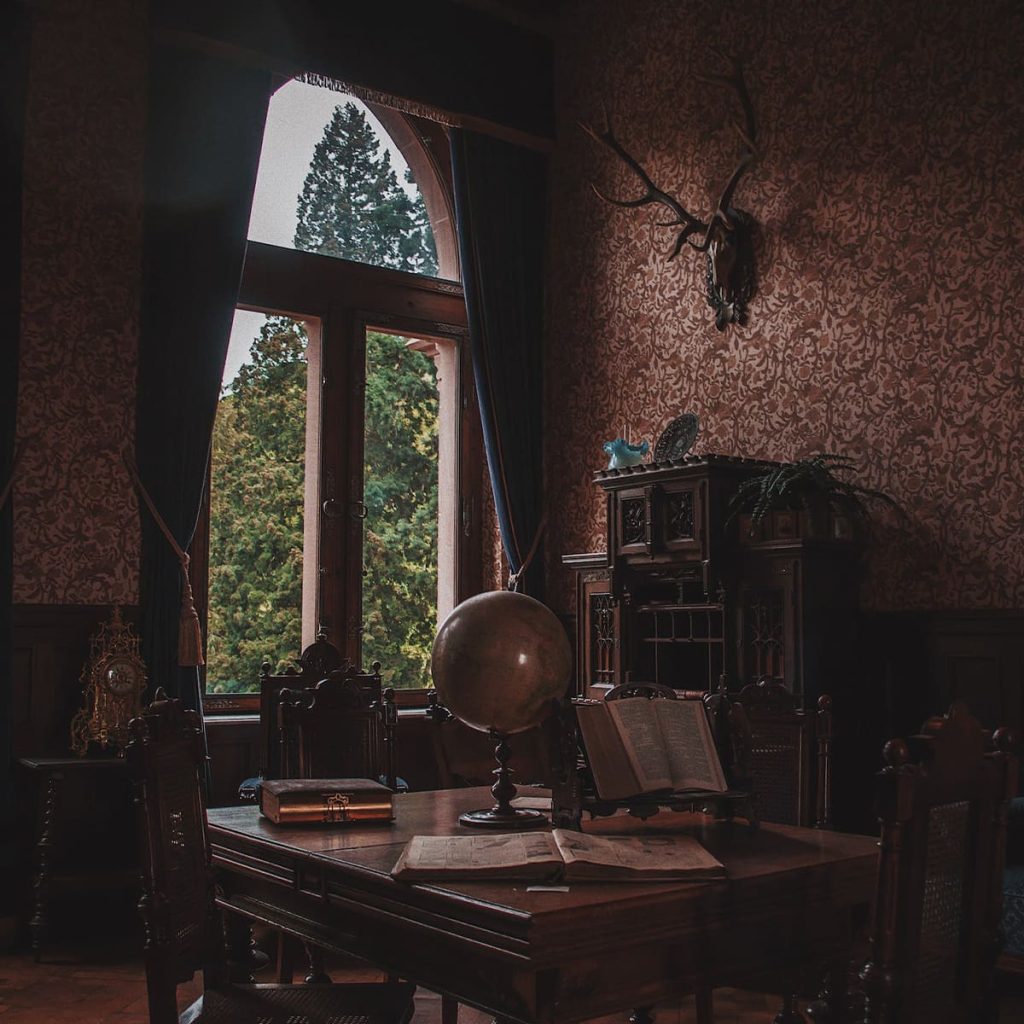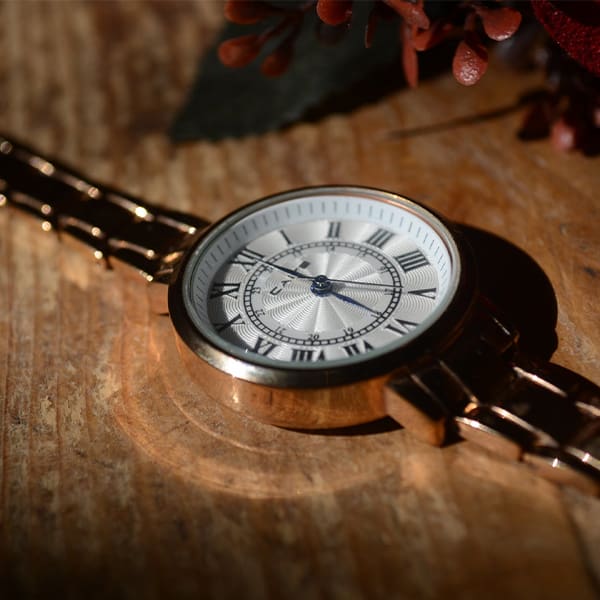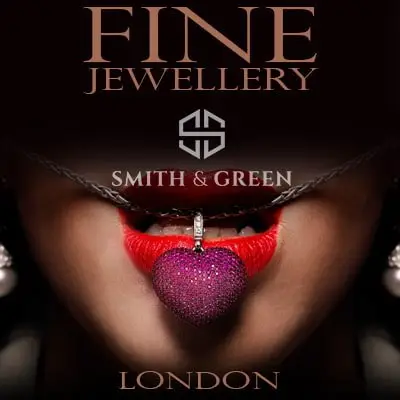Today, we live in a world of unfettered entertainment. The next exciting offer is often right there at our fingertips. For example, fans of casino gaming can access welcome offers available from providers, which connect them to slots games and much more. With just a few clicks, a person can find themselves in a virtual casino lobby.
But entertainment wasn’t always so accessible. Long before the days of digitization, residents of London had to go outside and seek out games, shows, and other forms of amusement. And while casino games existed during London’s Victorian era (including modern titles like blackjack and roulette), they were a far cry from today’s virtual and brick-and-mortar casinos. Along with early forms of casino gaming, music and theatre were also commonly found. Beyond these staples, London’s historical residents were also treated to impromptu street shows, festivals of all sorts, and even art galleries.
The farther back in time you step, the more unique and surprising these experiences are. So, let’s step back a few hundred years to explore games and entertainment in the Mayfair district.


The May Fair Itself: 1600s – 1700s
The Mayfair neighborhood is actually named after one of its biggest attractions: the May Fair. This fair was designed to celebrate the return of spring and was hosted from the late 1600s all the way until 1764. This marked a time of relative peace for Londoners, which helped make the annual May Fair a bountiful event.
Each year for an entire fortnight, Londoners would pack into the fairgrounds. These would host pens of livestock, which were to be traded. But they were also a place of entertainment. The fairgrounds would welcome jugglers and actors, who would put on impromptu and organized shows alike. So, while known today as one of the most prestigious and affluent neighborhoods in London—and the world—the area’s origins are quite homely.
An Era of Growth: 1700s & 1800s
Above, we outlined how the Mayfair district got its start as the literal grounds for the May Fair. But what happened over the following centuries? What were the wealthy families located inside the district apt to do for entertainment? Through the late 18th century and into the 1800s, theatre halls took over.
These theatre halls might bring to mind the works of Shakespeare and other influential English poets, novelists, and playwrights. After all, the 1800s also saw an influx of great English writers, from Lewis Carroll to Charles Dickens. But these theatres weren’t only hosting poets, book readings, and plays.
They were also locations for ventriloquists to host baffling and riveting shows, for hypnotists to rile up the crowd and perform feats of magic-like persuasion, and even for comedians to start testing the waters in what vaguely mirrors modern stand-up. Circuses also came to town—though they weren’t nearly as austere as the early May Fairs.
Additionally, some fine eateries from this era can still be found in Mayfair. This includes Claridge’s, a location that serves afternoon tea. Back in 1940, Anna Russell, a famous duchess, visited—making the location a staple for wealthy visitors.
Modern Mayfair: 1900s – Present
The height of the Victorian era in Mayfair saw multiple art forms slowly develop. Most of these were performative arts, including acting, classical music, and even comedy. Others, like ventriloquism and hypnosis, were participatory, engaging the crowd and making everyone feel like part of the show.
In fact, if you want to investigate some of the area’s artistic legacy, you can still stop at the Royal Academy of Arts. The establishment has been around for over two and a half centuries and retains unique elements of Mayfair’s history in entertainment. However, there are even more riveting modern stopovers in Mayfair.
First and foremost is the Handel & Hendrix Museum. It first served as the home of the famous composer George Frederic Handel, who called the location home from 1685 until 1723. Its most recent resident, and much more famous in modern times, was Jimi Hendrix, who lived there for a year in 1968. Similarly, both Christie’s and Sotheby’s still operate in Mayfair. Both organizations are renowned for being the world’s top traders and purveyors of fine arts. Keep in mind that these locations are only open when there are exhibitions on upcoming auctions. Or, if you want a more solid chance at seeing beautiful art, head to the Marlborough Gallery. It’s easily one of London’s most experimental and memorable galleries, founded back in 1946.
















